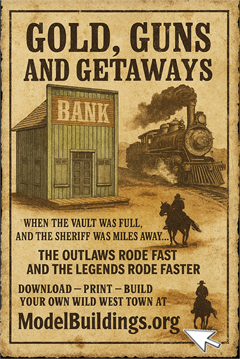Everything on model trains, model railroads, model railways, locomotives, model train layouts, scenery, wiring, DCC and more. Enjoy the world's best hobby... model railroading!
Juicers on the Frogs
For those who are new to the term ‘juicer” here is a brief explaination. A frog juicer will automatically switch the power on a frog. A wire from a frog juicer is used to power the frog – if the frog is of the wrong polarity and shorts, a frog juicer will detect a current surge and will almost immediately switch the power before the engine dcc decoder or the dcc command station can notice.
George who models in HO scale asks:
“My dcc oval two-track layout has 4 zones, each protected by aPSX beaker. Using NCE sb5 for power. Recently a car derailment caused a short on one of the 2 crossover turnouts (Bachmann ez track dcc, left and right #6). Result: damage to SB5. Thinking of installing juicers on the frogs to avoid this again. Any thoughts?”
Add your thoughts below.
3 Responses to Juicers on the Frogs
Leave a Reply















I use the Tam Valley frog juicers for all my switches. I would not have a switch without one.
Frog juicers ensure the frog is the correct polarity. But what you need is a circuit breaker.
I wonder why the breakers didn’t go?
I also use a simple inline “overload circuit” in each of the 2 zones that I run.
It’s a 12V, 50W globe in series with each bus “line”.
If there is a short, the lamp will glow brightly and give you a moment longer to kill the power or remove the short.
I also use a separate Tam Valley DAB005 booster for rail and accessories.
Another layer of built-in protection.